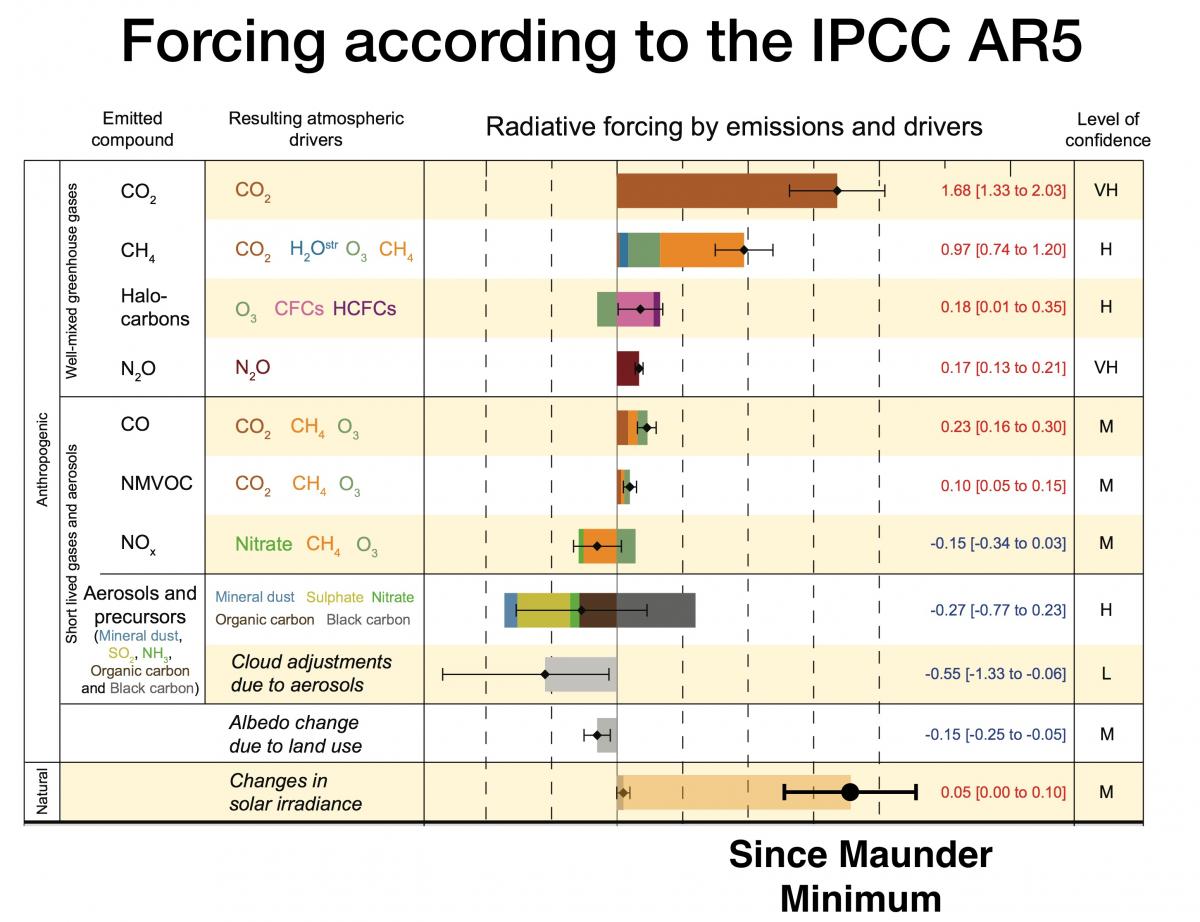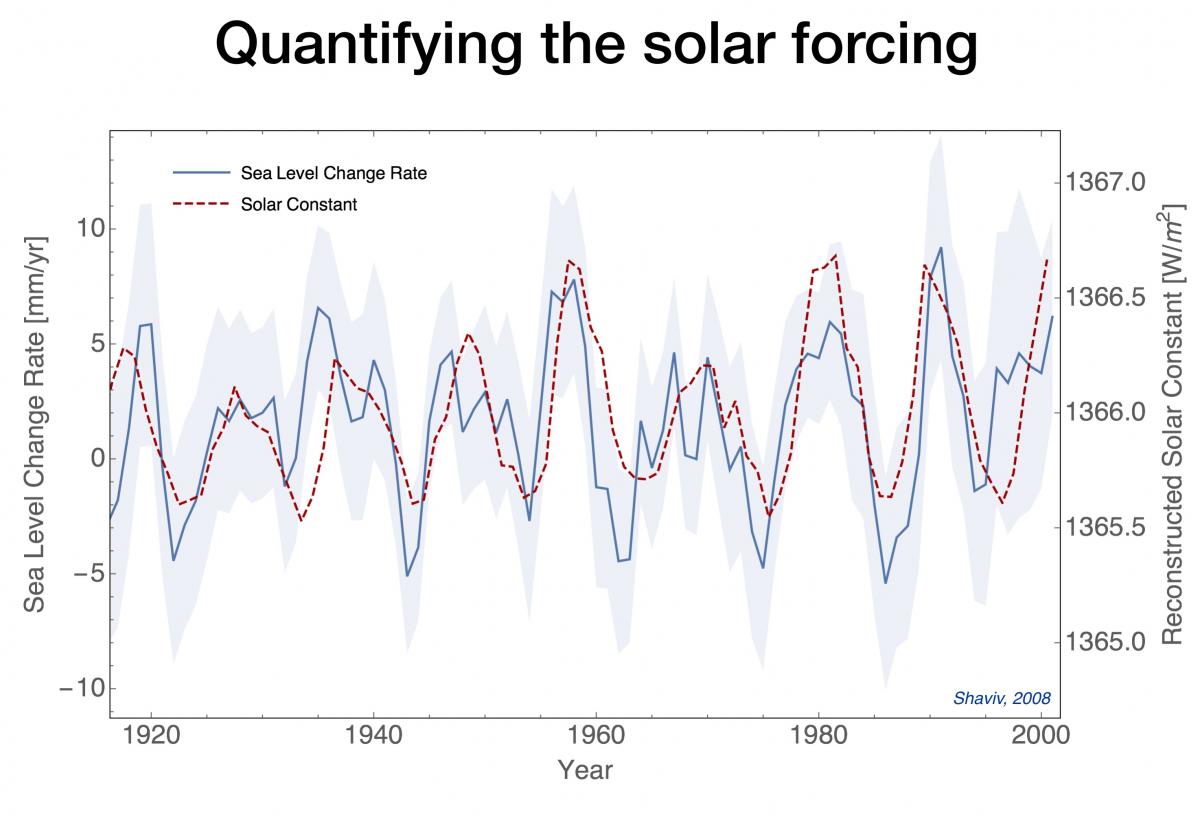My experience at the German Bundestag's Environment Committee in a pre-COP24 discussion
[FONT="][I][FONT="]We know from the climate-gate e-mails that the hockey stick was an example of shady science. The medieval warm period and little ice ages were in fact global and real. And, although the IPCC will not admit so, we know that the sun has a large effect on climate, and on the 20th century warming in particular. [/FONT][/I][/FONT]
[FONT="][I][FONT="]
[/FONT][/I][/FONT]
[FONT="][I][FONT="]In the first slide we see one of the most important graphs that the IPCC is simply ignoring. Published already in 2008, you can see a very clear correlation between sea level change rate from tide gauges, and solar activity. This proves beyond any doubt that the sun has a large effect on climate. But it is ignored. . . .
[/FONT][/I][/FONT][FONT="][I][FONT="]Any attempt to explain the 20th century warming should therefore include this large forcing. When doing so, one finds that the sun contributed more than half of the warming, and climate has to be relatively insensitive. How much? Only 1 to 1.5°C per CO2 doubling, as opposed to the IPCC range of 1.5 to 4.5. This implies that without doing anything special, future warming will be around another 1 degree over the 21st century, meeting the Copenhagen and Paris goals.[/FONT][/I][/FONT][FONT="][I] [/I][/FONT][FONT="]
[FONT="]The fact that the temperature over the past 20 years has risen significantly less than IPCC models, should raise a red flag that something is wrong with the standard picture. . . .
[/FONT][/I][/FONT][FONT="]Having said that, it is possible to actually model the climate system while including the heat capacity, namely diffusion of heat into and out of the oceans, and include the solar and anthropogenic forcings and find out that by introducing the the solar forcing, one can get a much better fit to the 20th century warming, in which the climate sensitivity is much smaller. (Typically 1°C per CO2 doubling compared with the IPCC's canonical range of 1.5 to 4.5°C per CO2 doubling). [/FONT][FONT="]You can read about it here: [URL="http://www.phys.huji.ac.il/~shaviv/articles/20thCentury.pdf"]Ziskin, S. & Shaviv, N. J., Quantifying the role of solar radiative forcing over the 20th century, Advances in Space Research 50 (2012) 762–776[/URL] . . . [/FONT]



